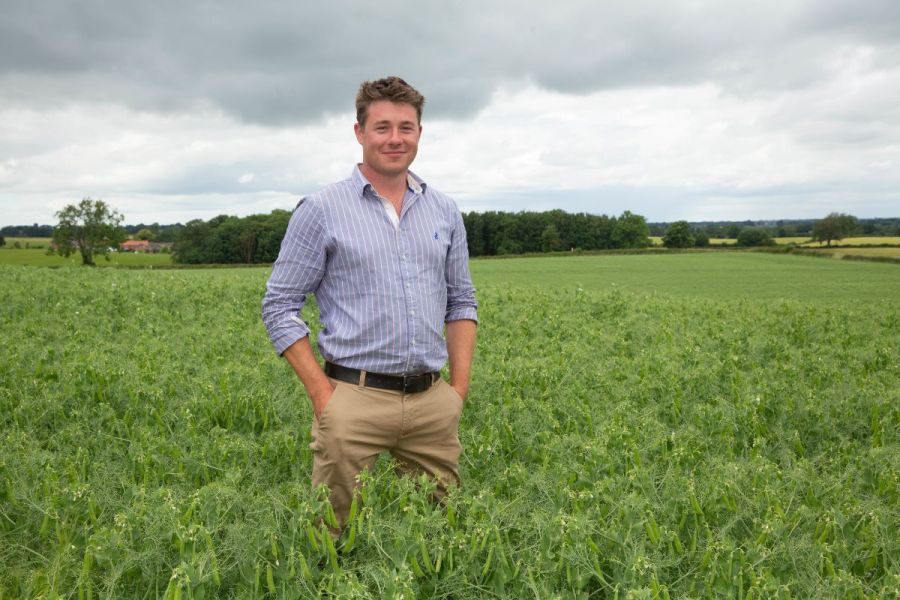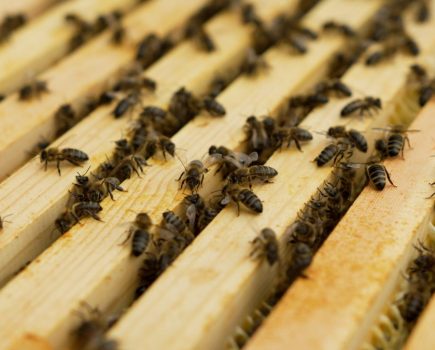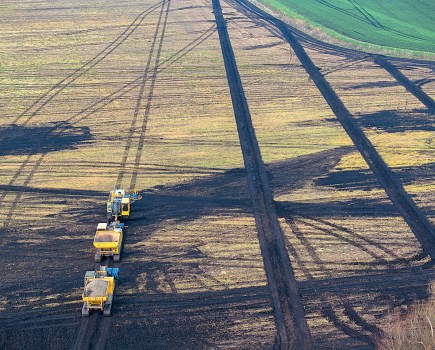While focus is often on the farmer themselves when it comes to succession, there’s another important person to consider when planning the future of the farm… the agronomist
Agronomists are often lovingly coined as an additional member of the family due to the close-knit relationship they have with farmers, often spanning over many years – and even generations – so what happens when they decide to retire?
In an industry where relationships and deep agricultural knowledge are paramount, succession planning has emerged as a critical strategy for agronomists and Hutchinsons’ approach to developing and transitioning agronomic talent highlights the importance of maintaining continuity and expertise in crop management.
This is something Sam Hugill, Hutchinsons’ area business manager for Yorkshire, has been involved in himself, providing him with a unique insight into how modern agricultural businesses are preparing for generational shifts. With nearly a decade of experience, Sam represents a new breed of agronomist – professionally trained, strategically developed, and committed to long-term client relationships.
The journey to transition begins with comprehensive training of the next generation, explains Sam. “Hutchinsons’ foundation scheme spans three years, providing new agronomists with a robust educational framework. But learning doesn’t stop there – agronomists are encouraged to pursue additional certifications, diplomas, and specialised courses that continually enhance their skill sets.
“The in-house training Hutchinsons offers is very good,” he continues. “But we do a lot of external training as well. The industry has changed significantly during the past 10 years so we’re always evaluating how we can improve our approach.”
With budding new agronomists waiting in the wings, the transition between outgoing individuals and those incoming is carefully managed. Unlike abrupt handovers in other business settings, Hutchinsons typically implements a 2-3-year crossover period. This allows incoming professionals to gradually build relationships with farmers, understand specific land characteristics, and learn intricate farm management nuances, explains Sam.
“Some transitions can be completed in six months, while others might take five years,” he adds. “It often depends on the farmer’s comfort level and the complexity of the agricultural operation. When I was a new agronomist, I spent two years shadowing someone who was my senior – and retiring – and it really helped me to build up a comprehensive knowledge of the farms I was taking on.”
The human element is paramount. As alluded to, farmers often develop deep, almost familial connections with their long-standing agronomists. In recognition of this, Sam says Hutchinsons takes a sensitive, strategic approach to retirement planning – ensuring to involve both parties. “Annual meetings with senior agronomists help to identify potential retirement timelines, typically starting conversations when they’re in their late 50s or early 60s.
“We ask our agronomists to give us as much notice as possible and most are very co-operative. Sometimes someone might plan to retire at 65 but decide to stay an extra year or two, which actually helps us to further train the next generation.”
Farmer relationships are carefully navigated during these transitions too. The ideal scenario involves gradually introducing new agronomists, allowing farmers to become comfortable over 12-18 months before any formal handover. When challenges arise – and they inevitably do – flexibility is crucial, he stresses.
“Not every personality fits perfectly. If a relationship isn’t working, we’re prepared to find alternative solutions, always prioritising geographical convenience and maintaining strong client connections.”
A key principle in making the transition as smooth as possible is distributing workload, he notes. “Rather than overwhelming a single new agronomist with an entire portfolio, responsibilities are typically split between two or three regional individuals. This approach mitigates risk and provides a support network for emerging talent.”
Beyond traditional agronomic advice, companies such as Hutchinsons now offer comprehensive services including digital platforms like Omnia and environmental management schemes too. This broader approach helps to maintain client relationships during personnel transitions, believes Sam.
Looking ahead and considering the next generation of agronomists, Sam says his own career trajectory illustrates the potential for professional growth. Starting as a foundation trainee, he now manages a team of 10 agronomists, something he says is a testament to the company’s commitment to internal development.
The ultimate goal transcends short-term fixes, he concludes. “We’re here for the long run. If a farmer has been with us for 20 years we want to continue that relationship for another 20 years. Retention and continuous growth with farming families is what matters most.
This article was taken from the latest issue of CPM. For more articles like this, subscribe here.
Sign up for Crop Production Magazine’s FREE e-newsletter here.




